I finally made some progress toward my future vegetable garden.
Before moving, I had already decided that I wanted to change my vegetable garden to raised beds. Raised beds have some advantages over a traditional garden, and I think they will be more efficient and easier for me to maintain.
In the interest of not spending scads of money, I bought untreated lumber, which I've used for beds before. This time, however, I treated the wood with Eco Wood Treatment. It'll be a few years before I have any idea if the treatment really works, but it cost less than $20 and I had more than enough for my four raised beds.
First, I painted the treatment on all the pieces,
and left them to dry for a little while.
Then, D and I were a box-building team. Line them up...
screw them together...
make sure they're fairly square...
and lay them out.
That was as far as we got the first weekend.
When I got back to work on them the next weekend, I could see that the wood was starting to turn gray.
The treatment will supposedly turn the boxes all dark gray eventually.
As I did when I created the big garden at the old house, I'm doing a lasagne-type thing for these beds. First, I laid down cardboard under all of the beds. I extended it about two feet on all sides because I'm planning to mulch all of that area as a path.
The advantage of having moved recently, and bought a new dining room set, was that I had plenty of cardboard. To be sure that the cardboard doesn't end up blowing around this winter, I laid out pavers (which we'd torn out of the patio and will otherwise be discarded).
Next, I raked under the locust tree, the only mature tree we've got, and threw those leaves and twigs in the beds.
Then, I threw in some wood chips that I'd gotten from a local tree service.
They're coarse and gnarly, but they will weigh down the cardboard, and be a nice base for the rest of the filling next spring.
We had some retaining wall work done recently and had a little fill dirt left over, so I divided that between the beds, too.
I was a little nervous about that, because I have no idea where the dirt came from, but it had some grass clumps in it, and I saw some earthworms, so I figured it couldn't be completely toxic. I guess we'll see next spring. Gulp.
As with most projects, this one required a new tool.
I'm pretty excited about my brand new wheelbarrow. It's going to get quite a workout next spring, when I finish filling the beds with my raised bed mix.
It's finally starting to look a little bit like a garden.

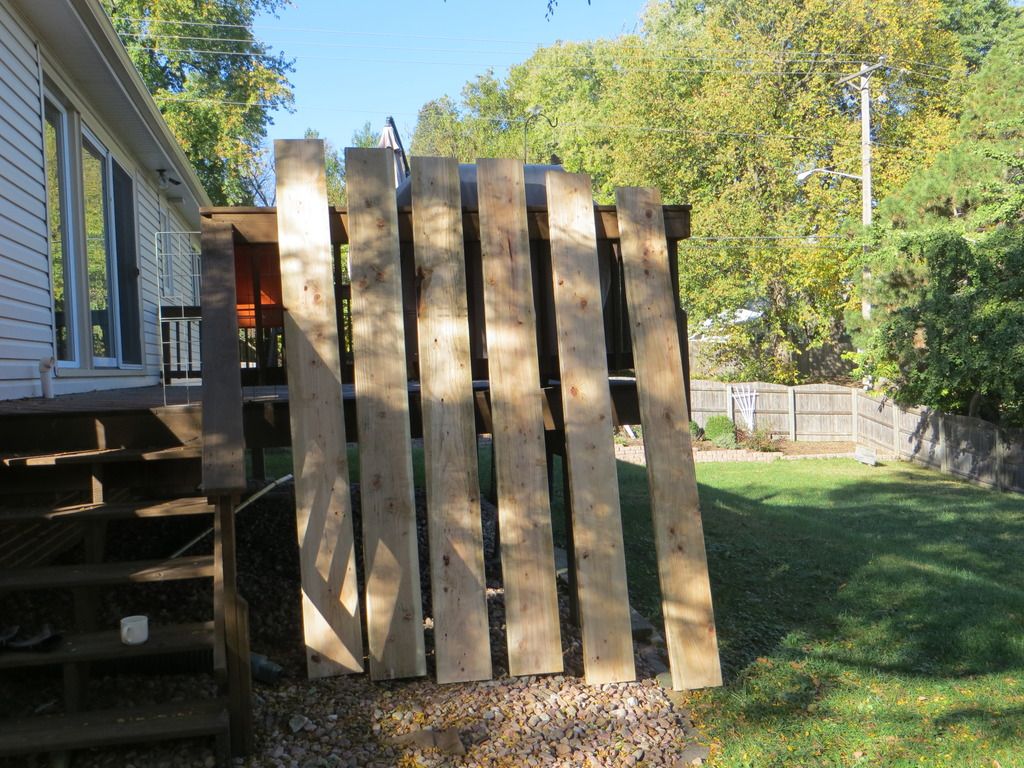
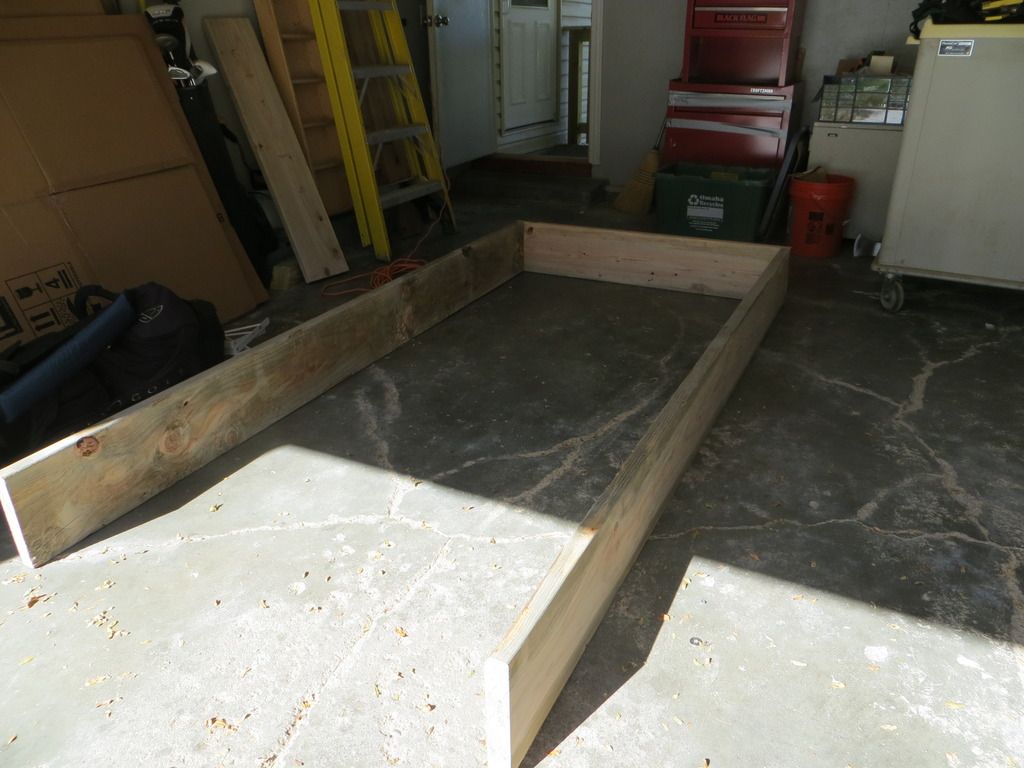
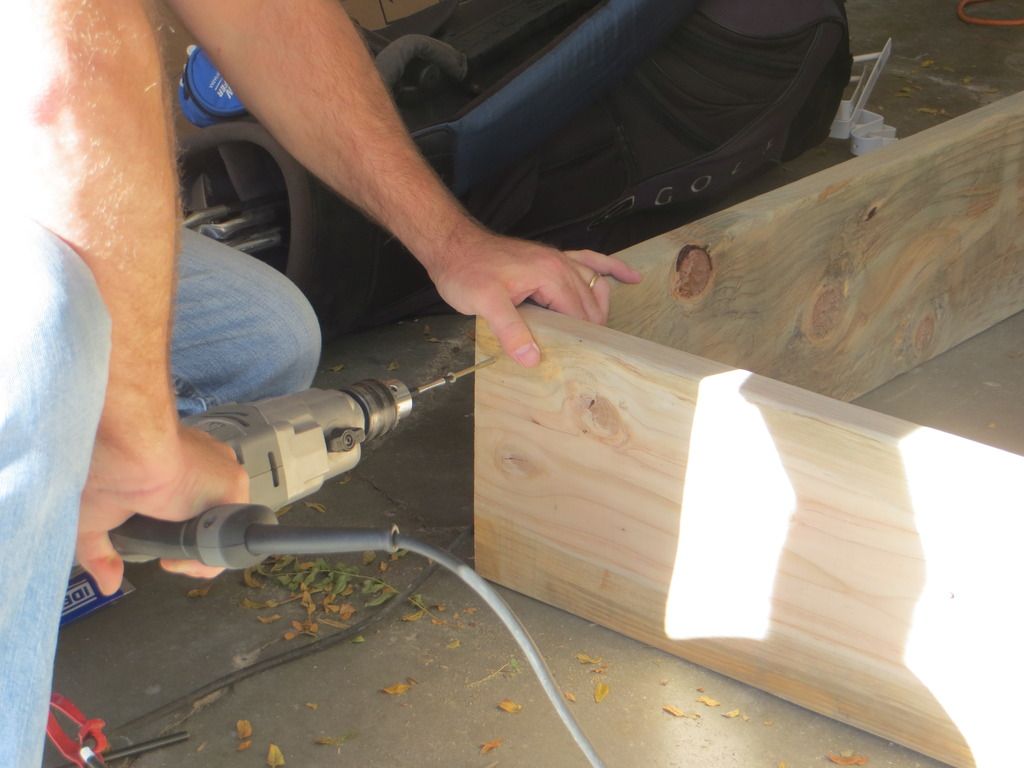

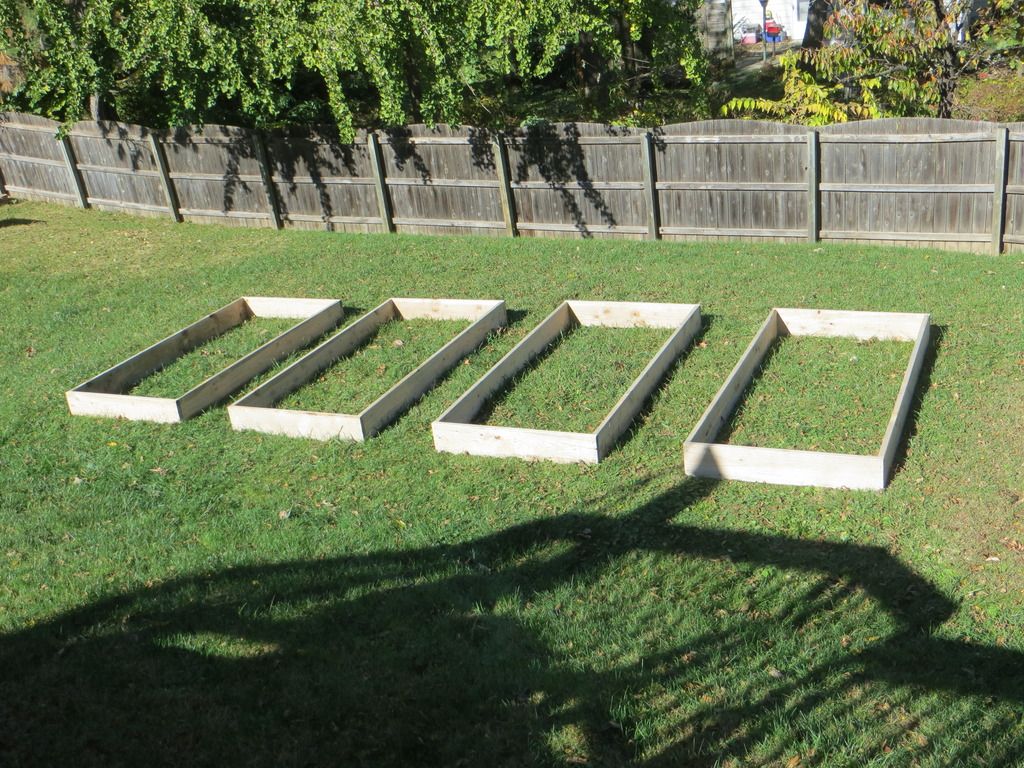

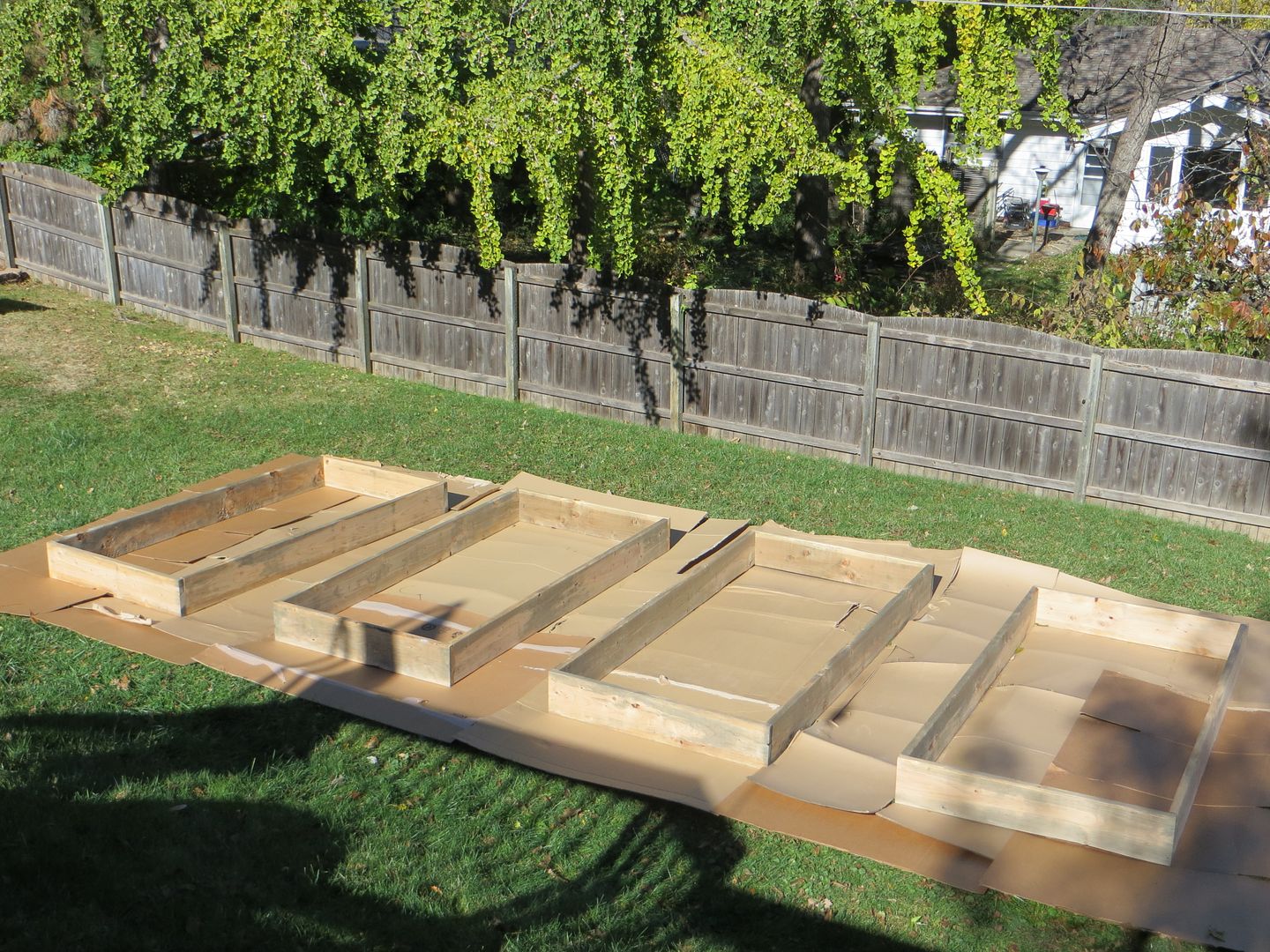
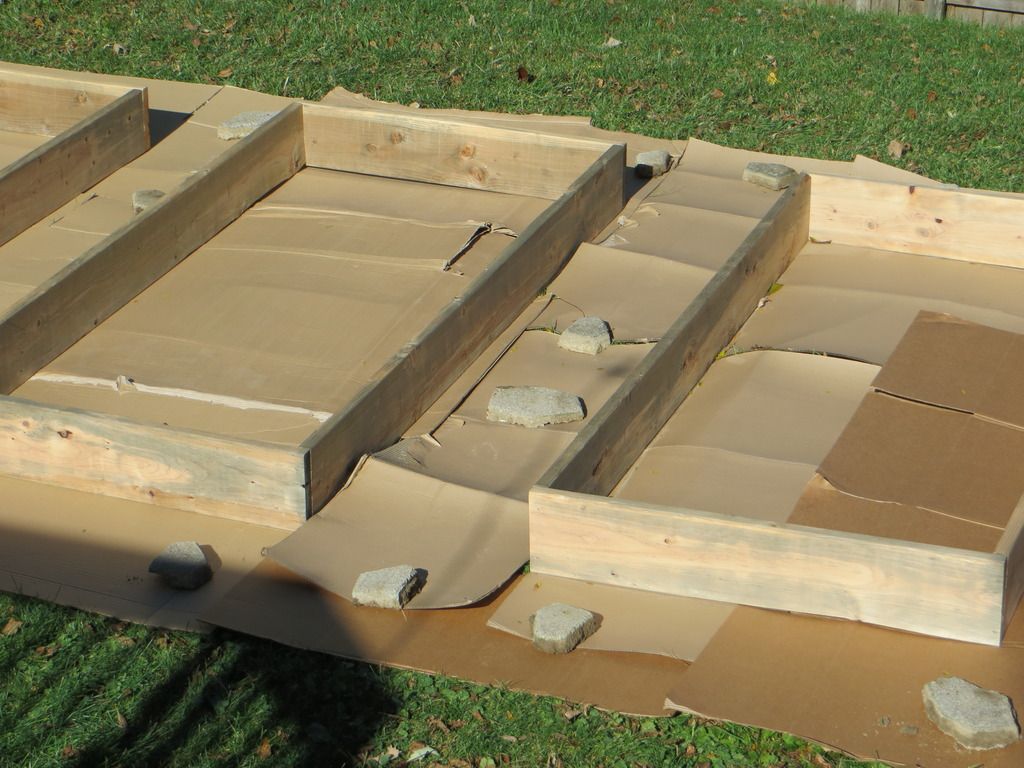
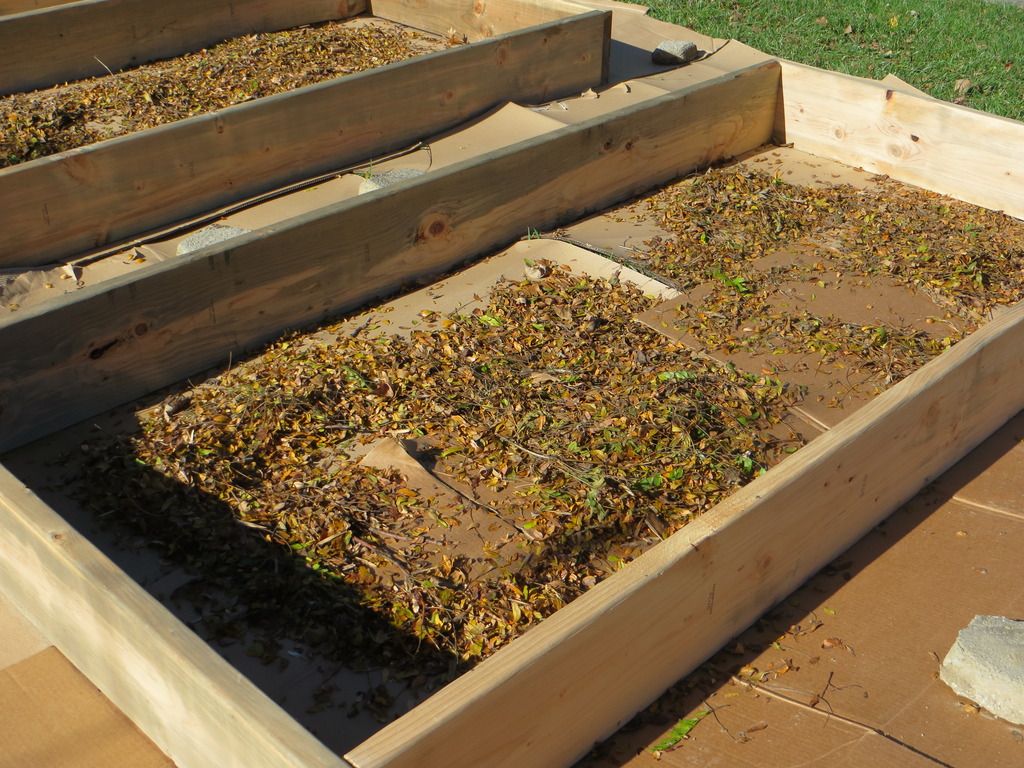
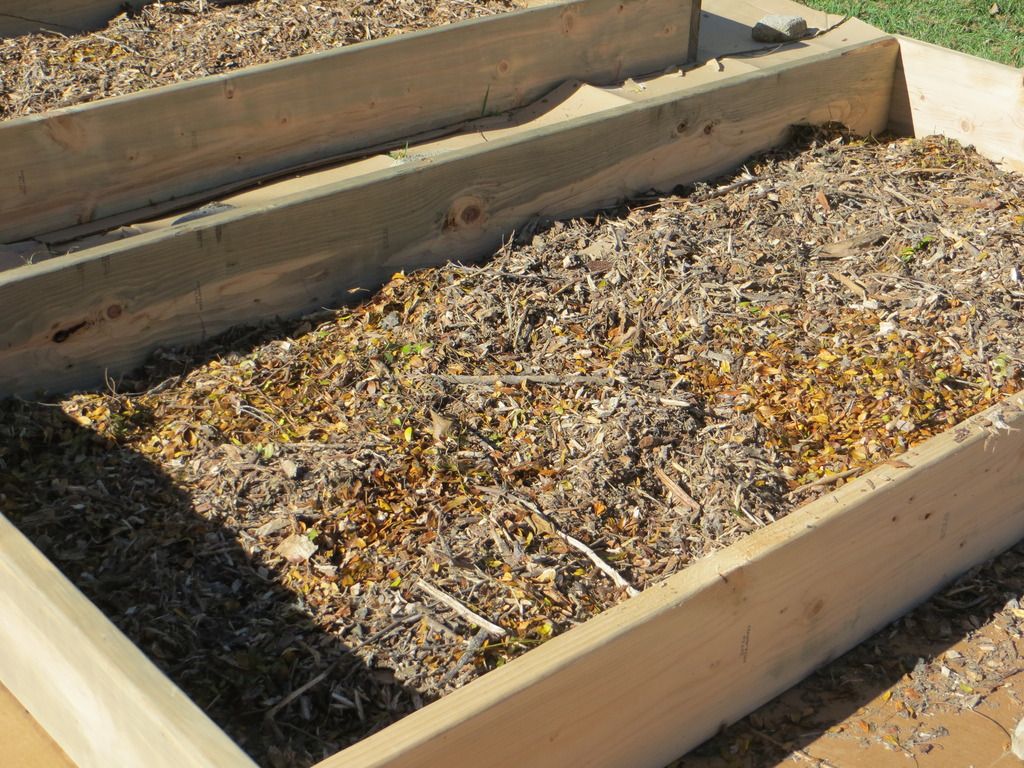
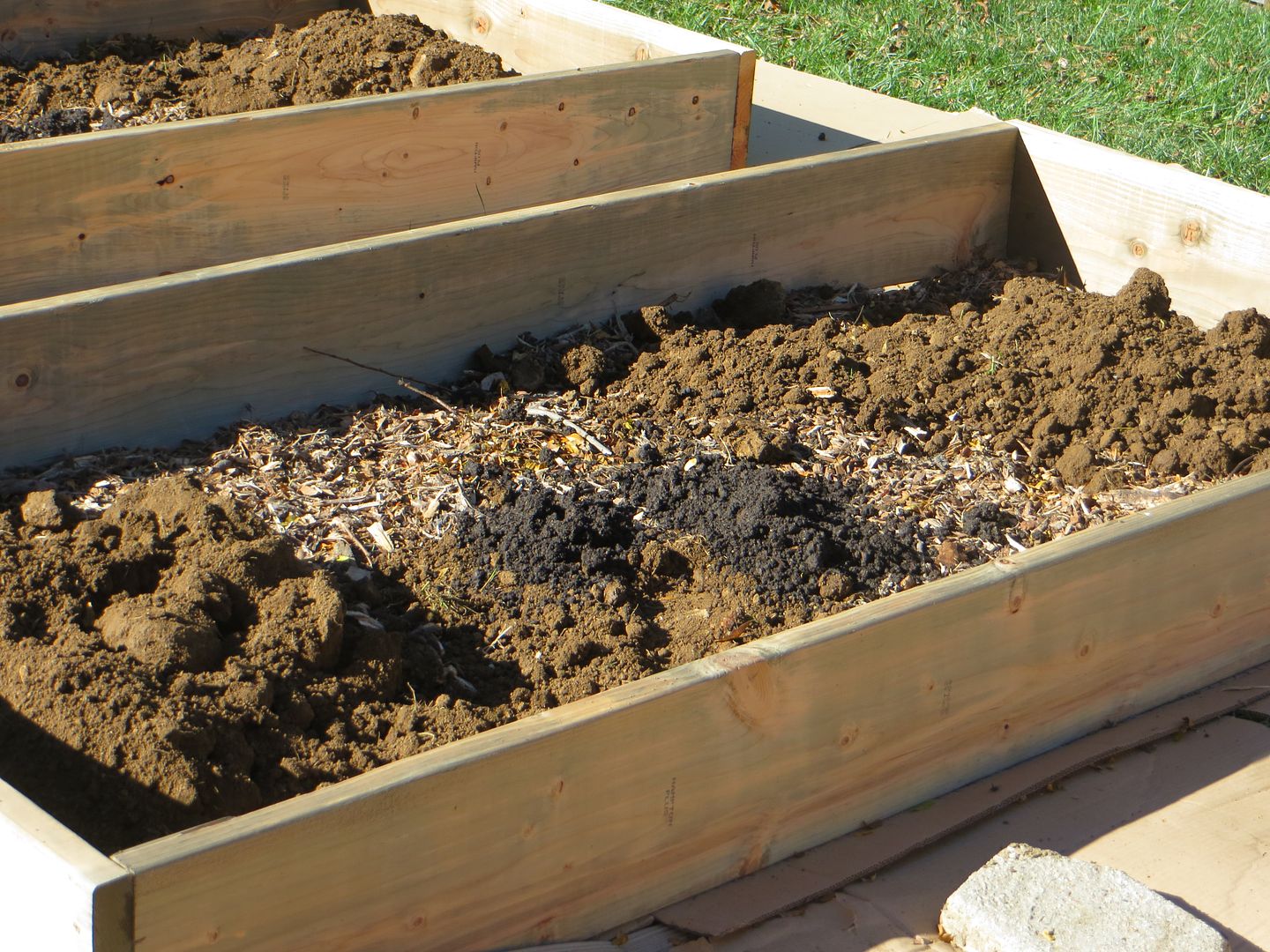
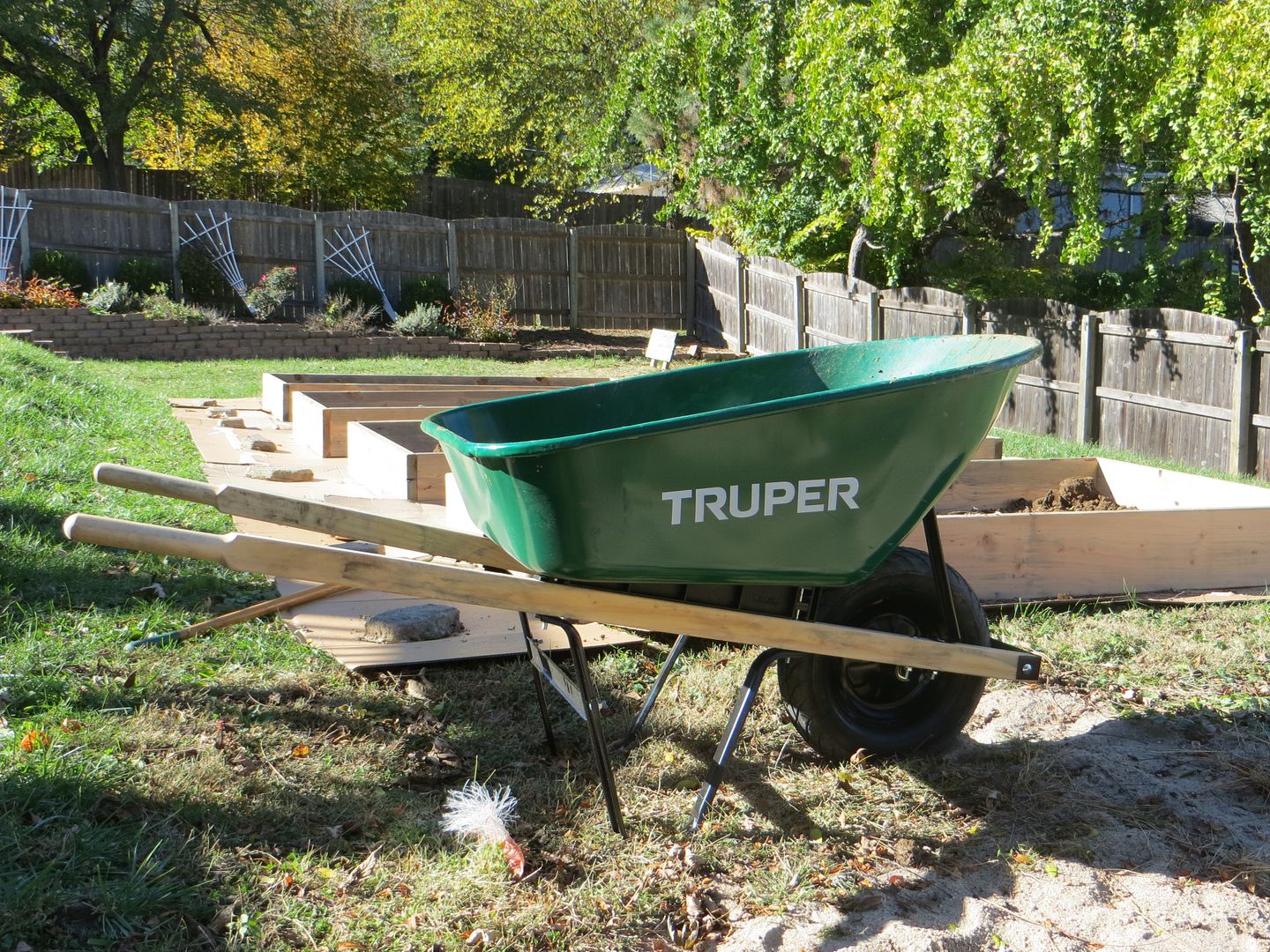
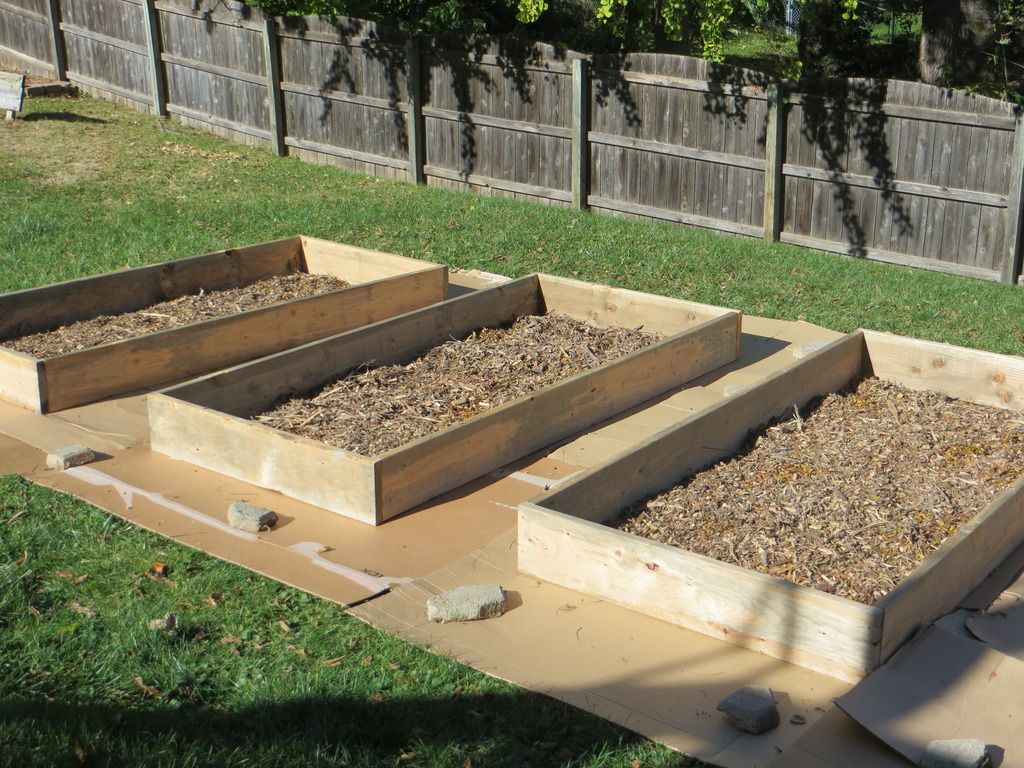
No comments:
Post a Comment